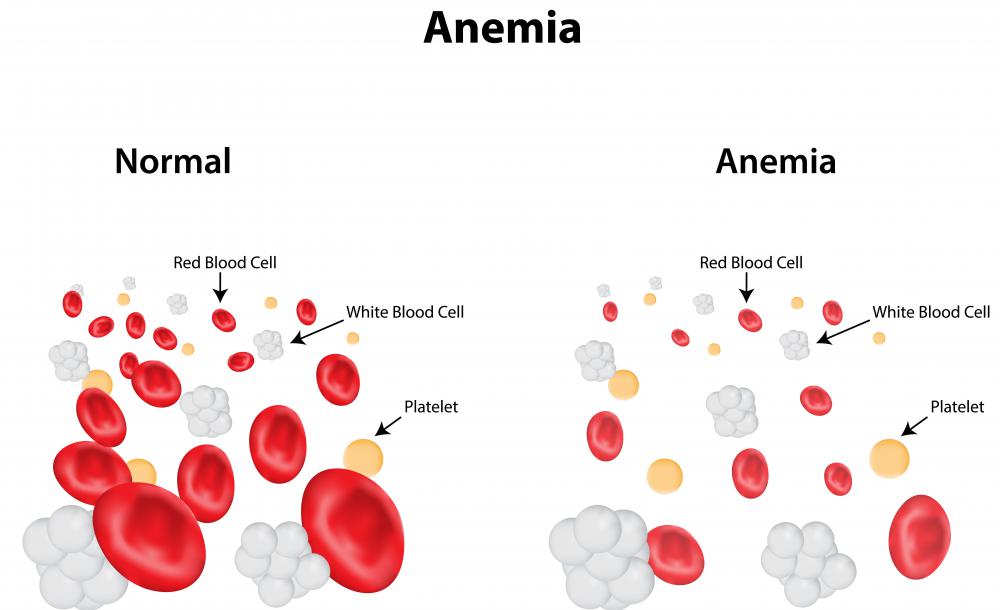At TheHealthBoard, we're committed to delivering accurate, trustworthy information. Our expert-authored content is rigorously fact-checked and sourced from credible authorities. Discover how we uphold the highest standards in providing you with reliable knowledge.
What Is Plasma Cell Dyscrasia?
Plasma cell dyscrasia is a cancer of the plasma cells, with multiple myeloma being a well-known example. In patients with this type of cancer, a rogue plasma cell starts reproducing uncontrollably, leading to changes in blood chemistry and causing symptoms like anemia and fatigue. Treatment for plasma cell dyscrasias usually involves chemotherapy to kill the cells and may require a bone marrow transplant to provide the patient with new marrow so she can start producing healthy cells.
These cancers are rare and tend to be most common among people exposed to radiation or hazardous agricultural chemicals. Patients can experience symptoms like fatigue, nausea, vomiting, excessive bleeding, and headaches. A doctor can order blood tests and will notice anemia, abnormal levels of blood plasma, and unusually high levels of certain immunoglobulins. These compounds are the products of the rogue cells, and the body has no way to keep them in check.

The doctor can use several blood tests, as well as imaging studies to learn more about what is happening inside the patient's body and to determine what kind of plasma cell dyscrasia the patient has. A pathologist will examine samples from the patient. The first step in treatment is developing an appropriate chemotherapy regimen and seeing how the patient responds. It may be necessary to change drugs or dosages if the patient's cancer does not respond or the patient experiences severe side effects.

With some types of plasma cell dyscrasia, it is also necessary to get a bone marrow transplant. This can be a grueling process for the patient. First, the patient receives radiation therapy to kill all existing bone marrow in the body. This exposes the patient to serious health risks because it essentially shuts down the immune system, and it is usually necessary to stay in the hospital. Then, a doctor can implant donor marrow and wait for it to start producing new blood cells. Sometimes the cancer recurs after marrow transplant, making it necessary to get regular checkups to look for early signs of recurrence.

When a patient receives a plasma cell dyscrasia diagnosis, it can help to discuss the situation with several oncologists. They can discuss different approaches to treatment and how they would handle the case to give the patient an idea of the options available. It is important to consider the pros and cons of different treatments and to be aware that with some kinds of plasma cell dyscrasia treatment, once patients start, they effectively cannot stop without the risk of serious illness.
AS FEATURED ON:
AS FEATURED ON:



















Discuss this Article
Post your comments